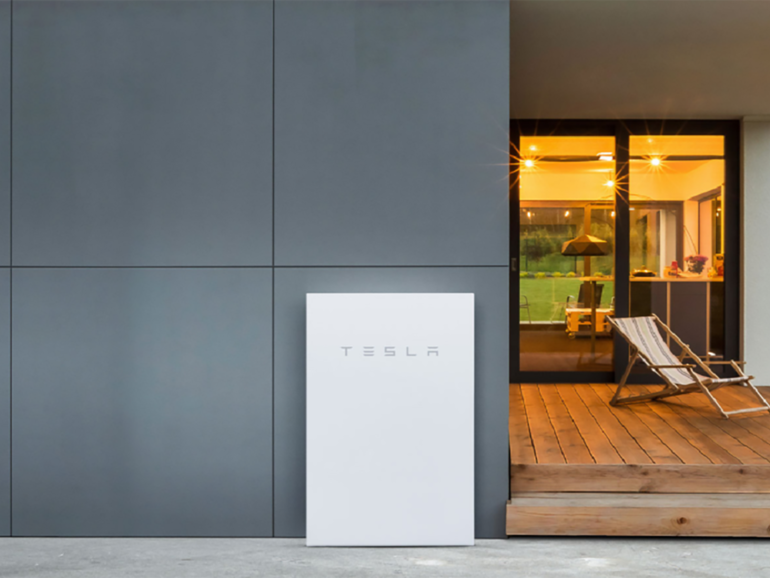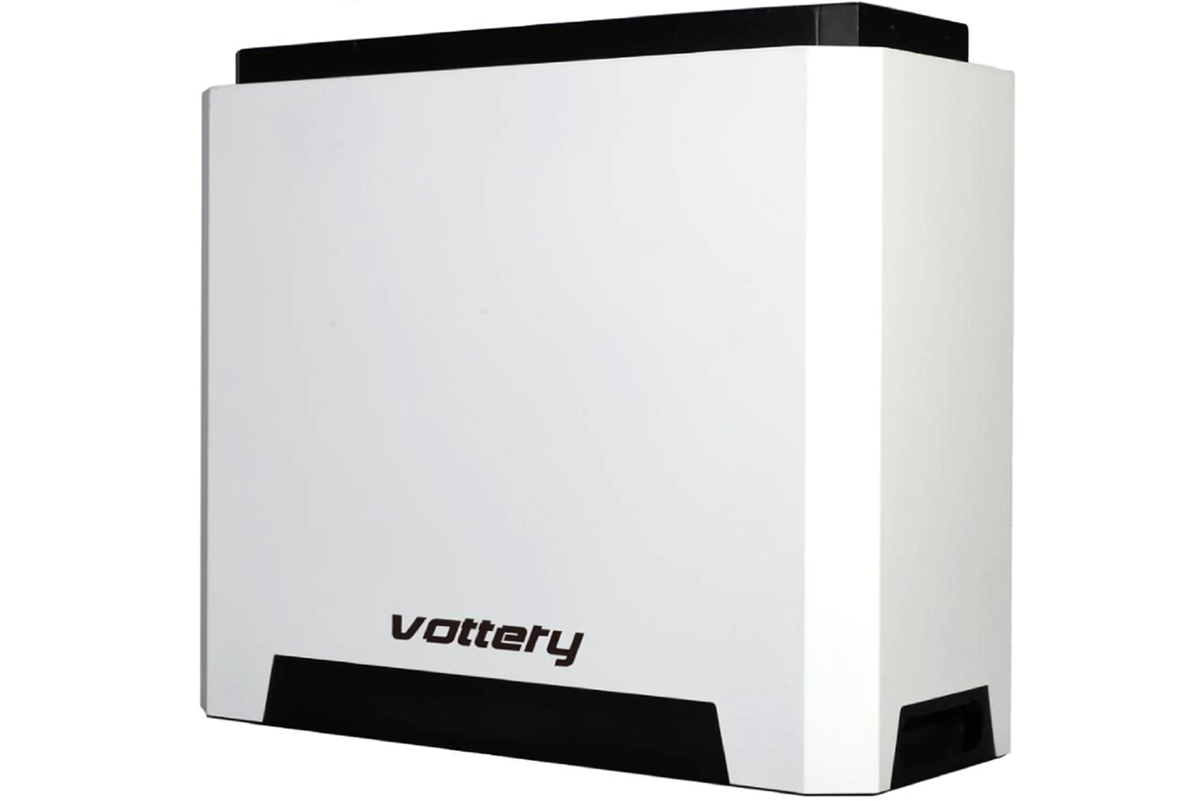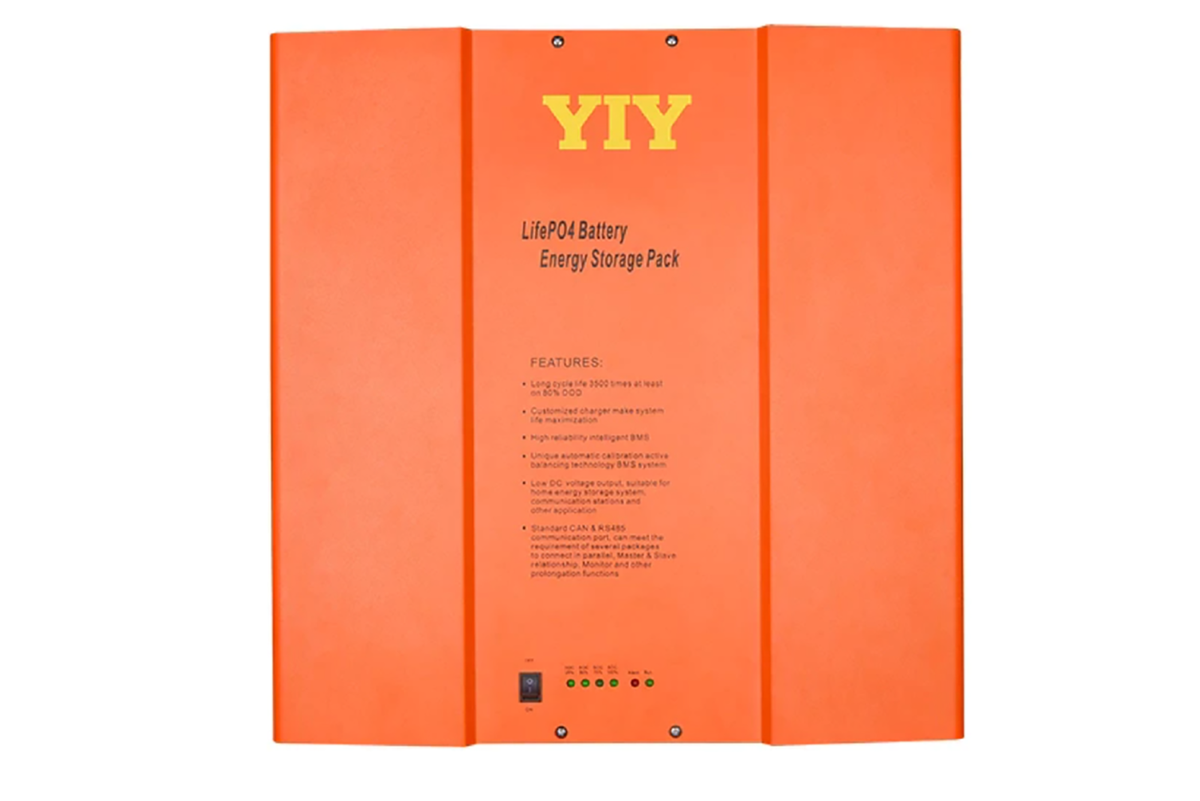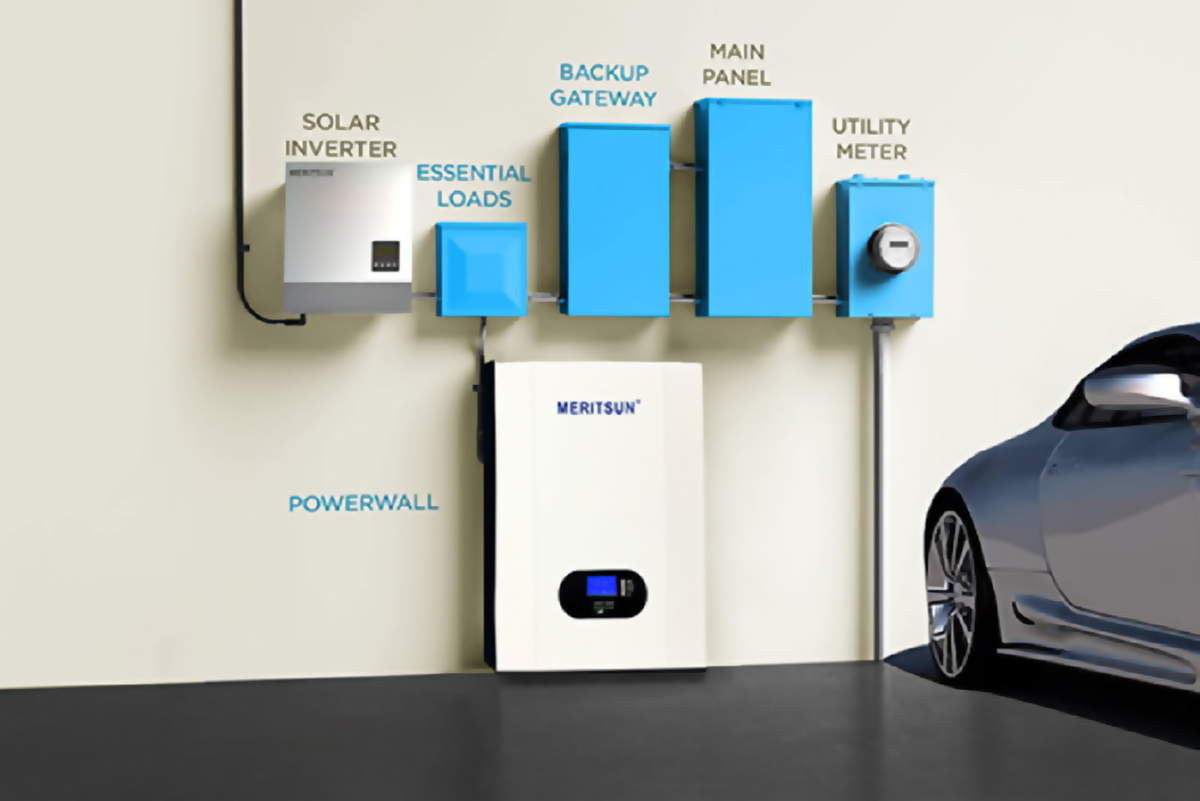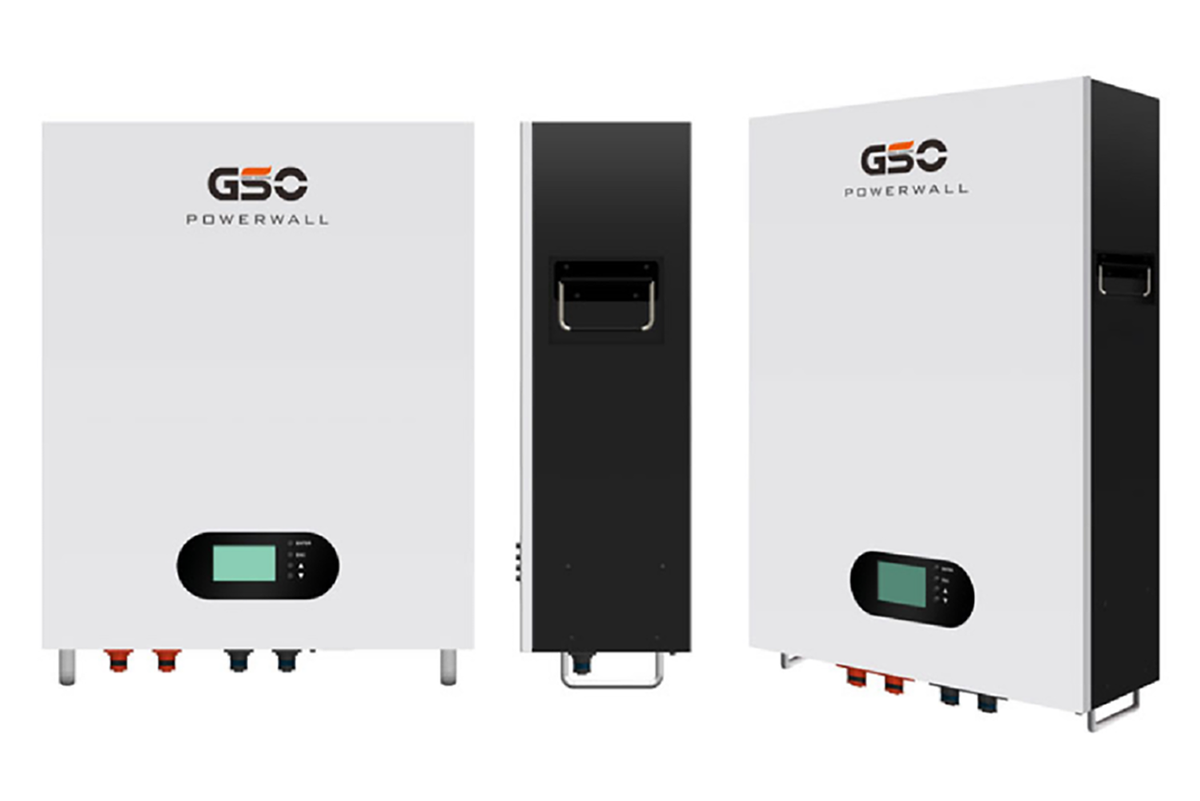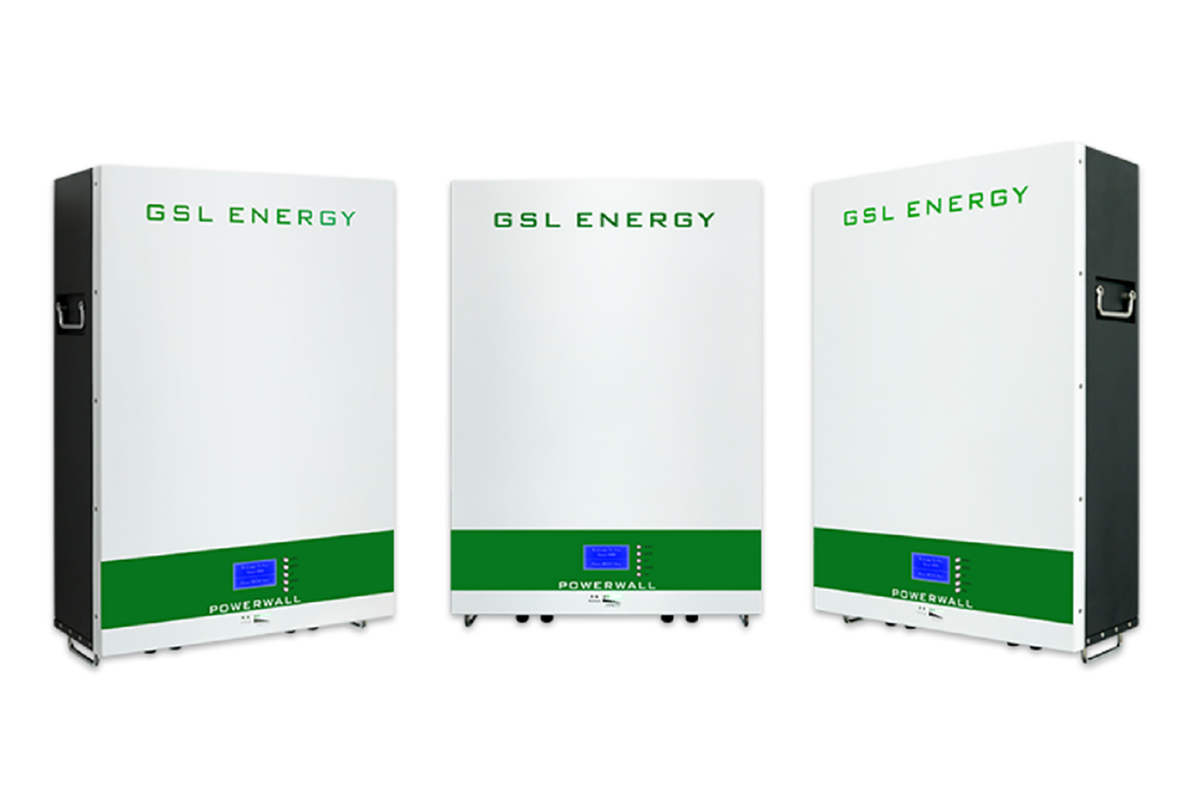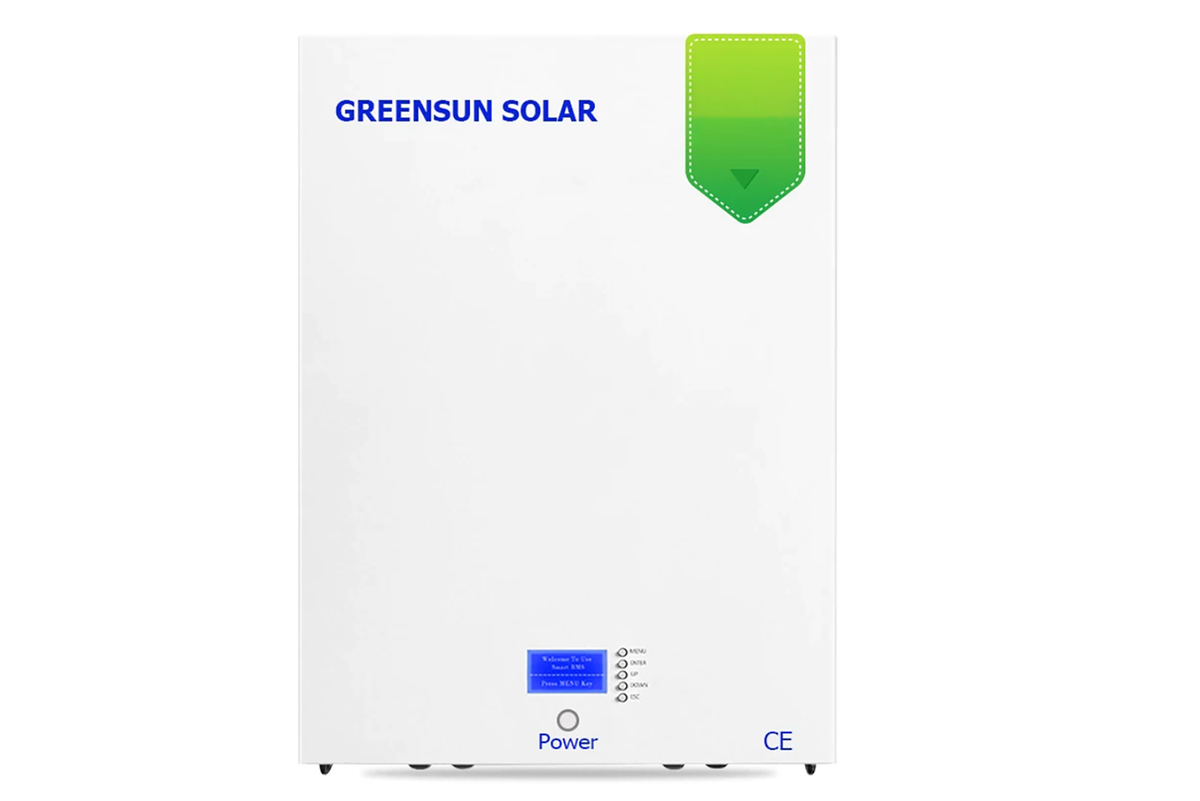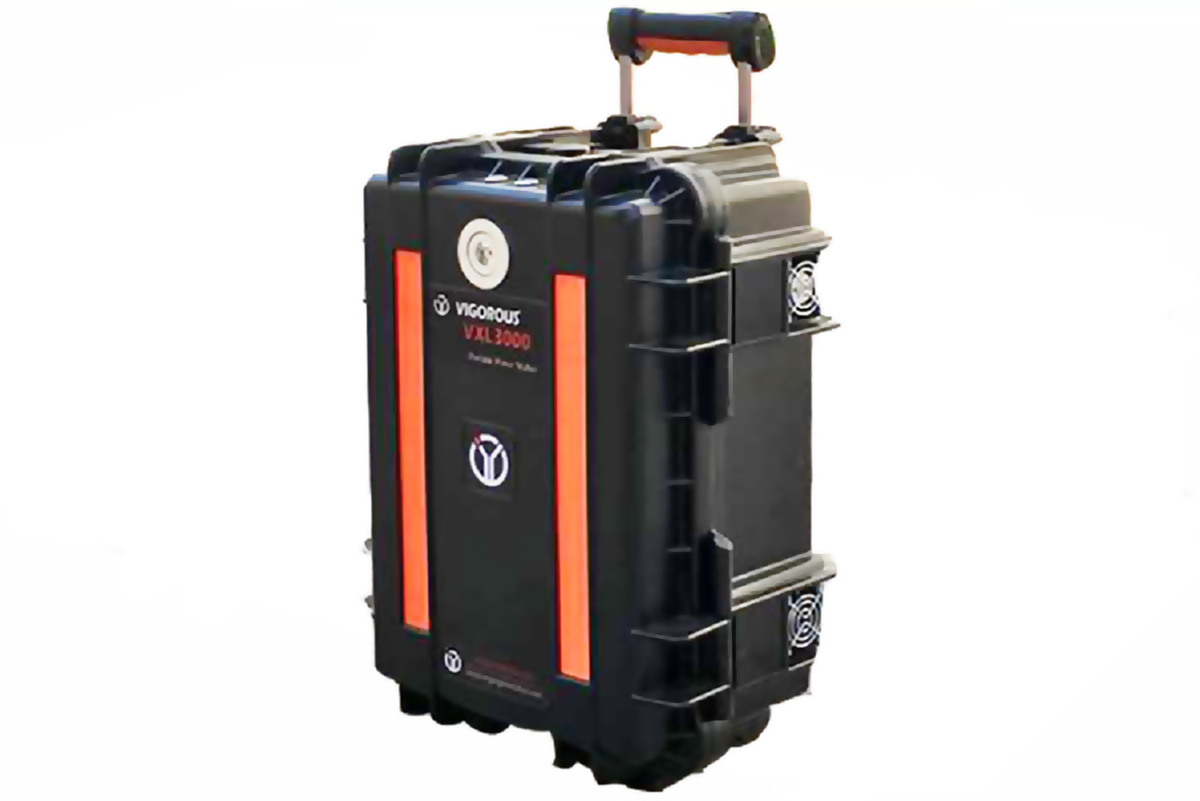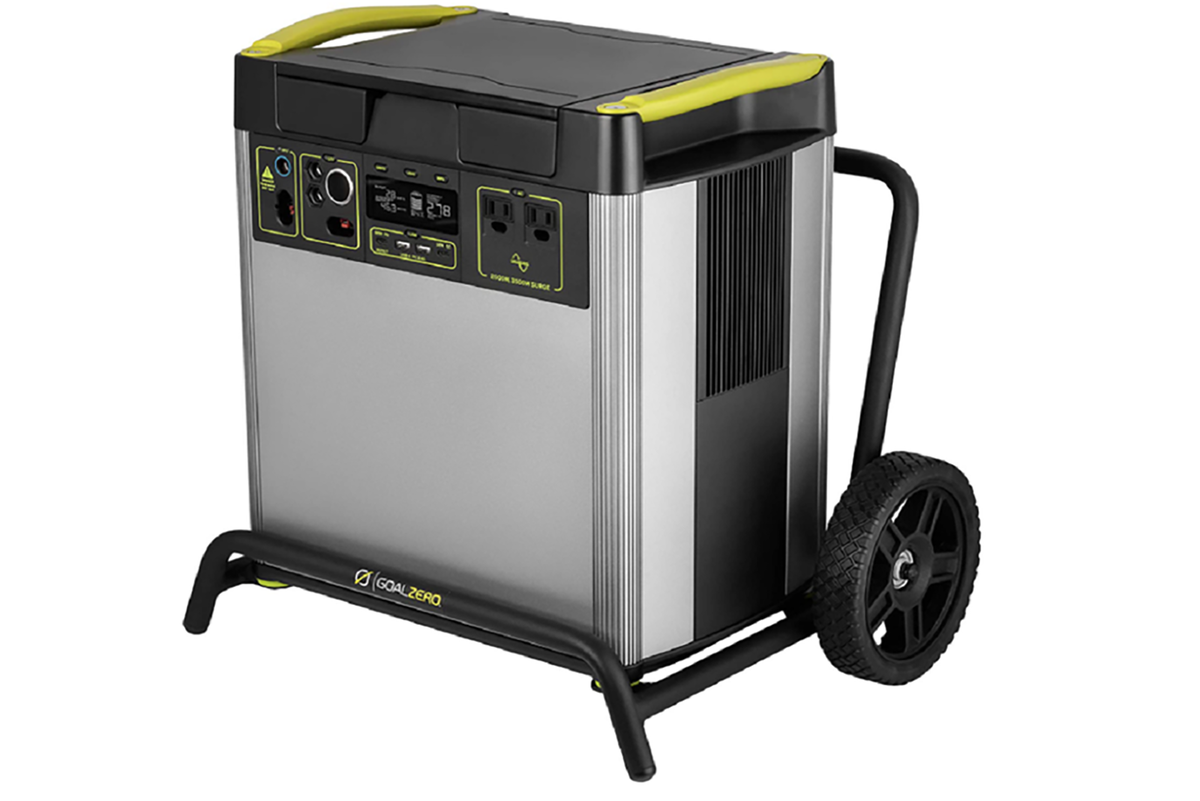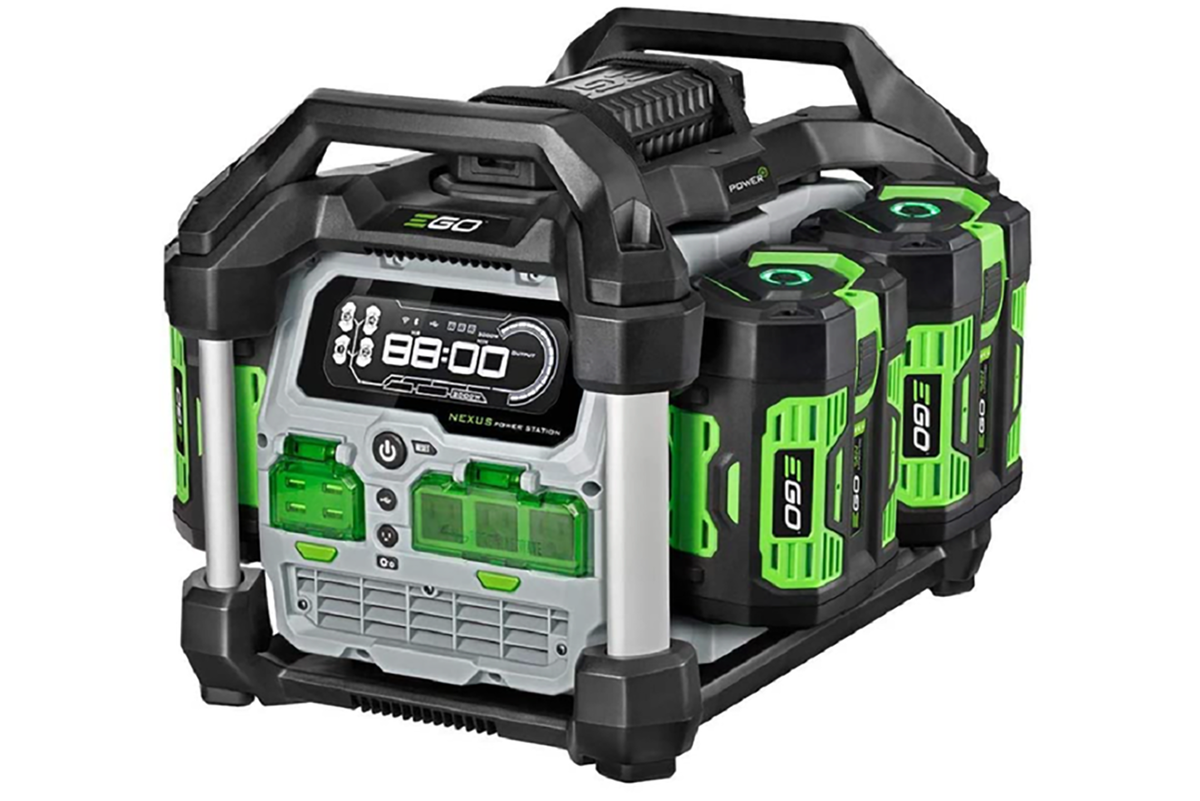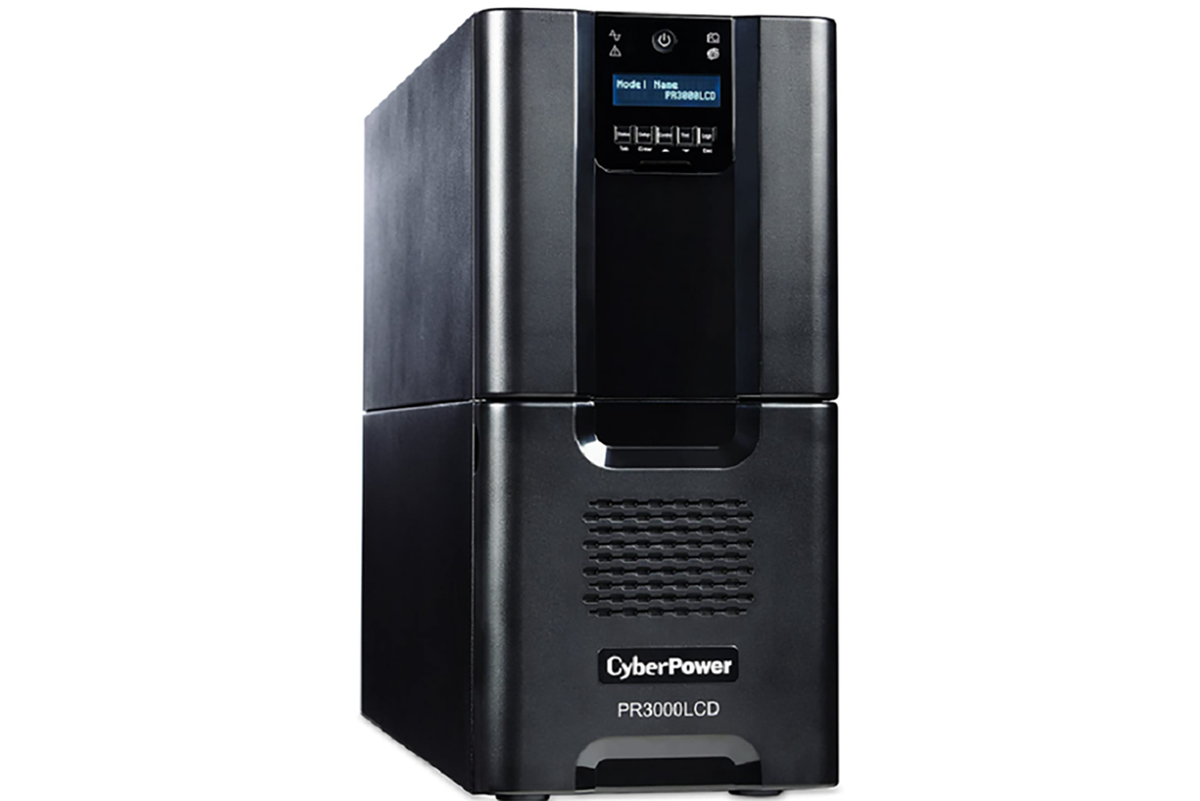If you have a power outage and it looks like the power will be off for an extended period of time, you need backup power from a battery system or battery backup unit.
You can either maintain power for a few hours with an air-cooled home generator that is powered by either gasoline or propane, or you could buy a much more expensive liquid-cooled generator that will keep your lights on for a while longer.
But if power outages are regular events where you live, you might want to consider installing a set of backup batteries to supply you with electricity when you are off the grid.
These battery storage systems can either consist of dry or wet batteries. Typical dry batteries are lithium-ion batteries used in mobile devices or lithium ferro phosphate batteries commonly used in solar battery backup systems. They do not tend to work well in very hot or cold environments, and some will not work at all if the temperature stays below freezing.
Wet cell batteries use a liquid electrolyte to generate electricity. Lead-acid batteries use lead plates that sit in an electrolyte of sulphuric acid –or acid batteries. Batteries can also contain gel. Gel batteries are a form of lead-acid battery in the class of VRLA (value regulated lead acid). The acid electrolyte is mixed with a type of silica to produce gel that will not leak if the battery falls over.
Other batteries have absorbed glass matting (AGM) in place to hold the electrolyte in contact with the plates of the battery. However, AGM batteries can lose power in very cold conditions.
For a seemingly never-ending supply of power, consider a solar panel system to connect to your energy storage system. Your battery backup system will be charged using solar power so that you have a regular supply of solar energy from your solar batteries.
Solar batteries, also known as solar PV (photovoltaic) systems, will charge your home battery system with renewable energy. If you cannot afford a full set of solar panels, a 13.4KWh Tesla Power wall, and a UPS that is also a surge protector and switches itself on during power outages, how can you run your important items if the power goes out?
If you only want to run a few low-power items, charge your mobile devices or plug in a light, then a portable battery with a solar charger might be more aligned with your budget. I have included some of these lower-cost items at the bottom of this list.
There are a few important considerations and calculations you need to make before you decide how big your backup system needs to be. You want your home battery storage system to be adequate for your needs. There is more on that at the bottom of this guide.
13.5KWh battery backup system
The market leader in battery backup systems, the Tesla Powerwall, is equipped with all the bells and whistles to make your energy switch to backup battery power as simple as possible. Recharge with solar PV panels, and enjoy the stored solar energy for times when you are off-grid.
You can connect up to 10 Powerwalls to ensure you have the right-sized backup batteries for your home. It is recommended to use the Tesla Powerwall with a solar panel system. Some states such as WA (22%) offer a Federal Solar Investment Tax Credit to help with costs.
Home energy storage system
The Vottery home energy storage system has storage options up to 6KWh with 120Ah battery capacity and a 5kW inverter. Charge it from your solar panels, and if you need more than 6KWh, you can connect up to 10 of these systems in parallel to deliver up to 60KWh.
5.12KWh battery system
The YiY wall-mounted lithium-ion battery can be used for energy storage from your solar panels system or used to convert AC and DC. It can be used for a standby power supply when your electricity goes off. You can connect 10 packs in parallel and manage them with a single battery management system.
10KWh power wall
The MeritSun is a solar storage battery sized from 5KWh to 10KWh. If you have huge energy needs, then you can connect up to 15 units in parallel and deliver power through your inverter to your home. You can connect the MeritSun to either your bank of solar panels or to the utility grid to charge the batteries.
15KWh powerwall
The GSC battery backup models will deliver from 2.5KWh for one module and up to 15KWh when six modules are connected. Further scale can be achieved when up to 20 5KWh units are connected in parallel to provide up to 100KWh.
10KWh power wall
Connect the GSL energy storage system (ESS) to your solar array PV panels and store your solar energy in this array. GSL has options from 5KWh to 10KWh, and if you need more power, then connect up to 14 units in parallel to deliver up to 140KWh power if you need it.
10KWh power wall
The Greensun solar batteries come in a range of power output options, from 5KWh to 10KWh for your off-grid energy requirements. You can connect up to 14 units together in parallel for more power output.
Do you have lower power needs?
For smaller power requirements that will not power your whole house throughout the day, you might want to look at portable power stations.
These power stations deliver less power overall and are useful for off-grid living, camping, or RV use, as well as powering a limited range of items in your home. However, they are significantly cheaper than power walls and will power your essential items for a limited amount of time.
3000W portable power station
The Vigorous power station can be recharged by an optional solar panel, the car, or from your house electricity. it will power small electrical appliances and has a fan to cool the unit. Best of all, it has an extending handle for true portability.
6000W portable power station
The Yeti 6000W portable power station will charge from a wall outlet or by solar panels and power a limited range of items such as laptops, PCs, lights, medical devices, and your fridge. You can move it around on its solid wheels via its grab rail.
3000W portable power station
The Ego Power 3000W power station is heavy at almost 57 pounds, and it does not have wheels or a carry handle. However, it can cope with supplying power to your mobile devices, PC, lights, and medical devices for a limited amount of time until the power comes back on.
2700W UPS
The Cyber Power is an uninterruptible power supply (UPS) that will keep your servers online — so you can shut your servers down gracefully within 17 minutes without losing data. Unfortunately, it will not power your house appliances, but for your on-premise tech, a UPS is an absolute must.
How much power do you need?
You need to check the capacity of the batteries. This is usually measured in kilowatt hours (KWh). Any output, such as an inverter, will be measured in watts or kilowatts. Typically, the battery capacity should be more than the power generated by your system and ideally should store enough power to cope with 24 hours’ worth of energy supply.
You also need to measure the surge current requirements of the items you need to power — especially if you need to start something like a sump pump motor. Don’t expect to be able to power something like a pool filter or air conditioning for days on end.
Cost is also a major issue — especially if your requirements total over 15KWh of inverter power or over 30KWh per day for your batteries. You will also need to take into account inefficiencies, voltage drops, and other losses, and calculate to cover all eventualities.
What type of battery backup power system do you need?
Backup battery systems are generally charged by utility grid electricity or solar power. If you live in an area when you get great levels of sunshine, then consider using solar power to charge your batteries up during the day. Alternately, if your power outages are infrequent, then consider topping up the batteries using electricity when the cost is low.
Price of generators compared to home battery backup systems?
The initial costs of backup batteries are high compared to the cost of a portable generator, but over their lifetime, they can pay for themselves — especially if you charge them using solar power.
They will not need any fuel compared to a generator, and they will need less maintenance. If you combine solar panels with your backup batteries, your initial costs will be significantly more expensive, but you will be able to benefit from using less electricity when the sun is shining, or keep the lights on when the mains power goes out.
How much load do you need for your home backup battery system?
You will need to carefully consider peak load in KWh per day when calculating the size of battery power you need. If your energy requirements are low — such as lighting — then most backup systems will be able to cope with this. However, if you need to run items like sump pumps, air conditioning, or heavy start load items, then you will need to consider peak loads, too.
How long do you need power for?
If you only need backup power for about a day, then a smaller backup power system will suffice. However, if you need to keep things going for over a week, then you will need significantly more power –10 to 12KWh or more — and you might need expansion batteries. You can also chain batteries together, usually in parallel to deliver more wattage.
